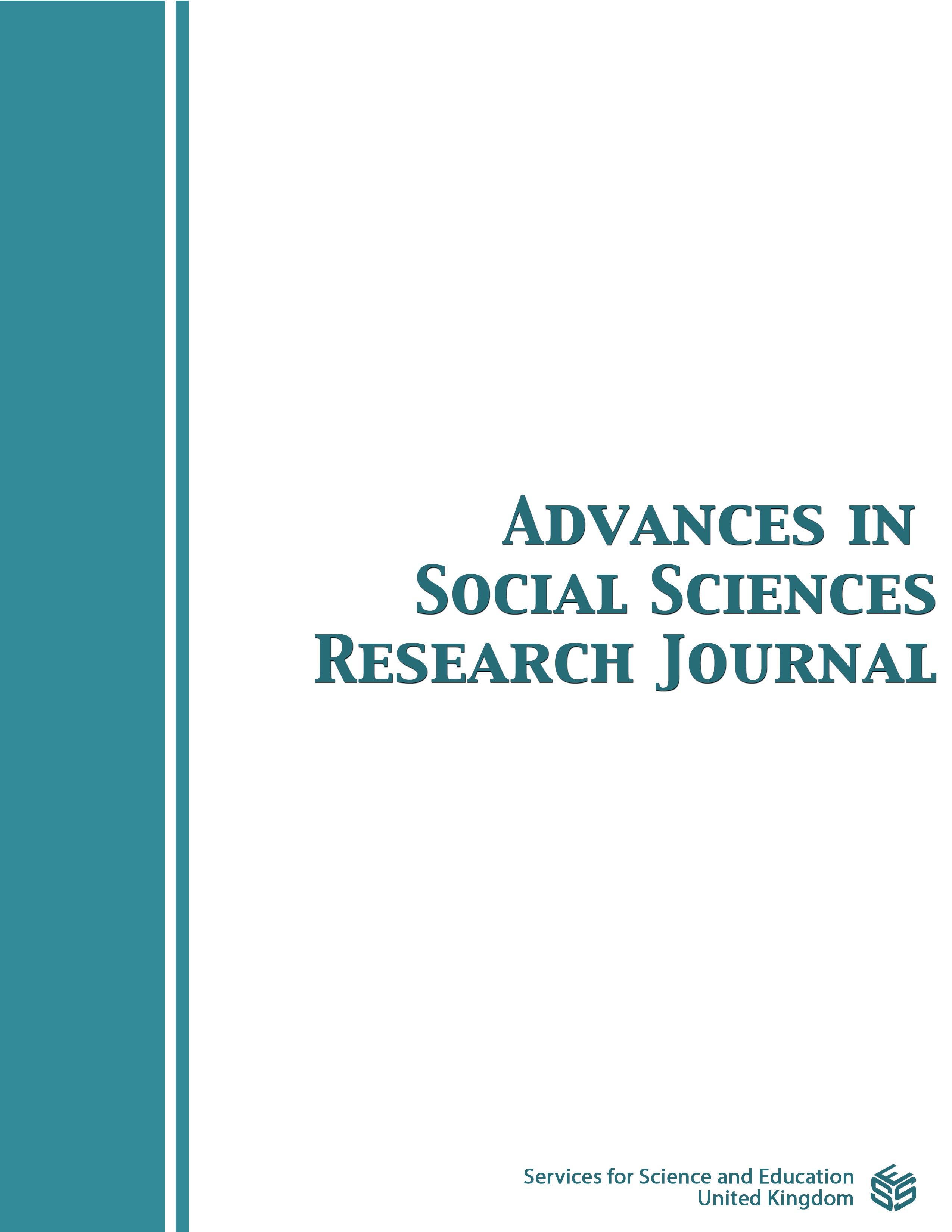Communication Audit during Covid-19 Pandemic at Brawijaya University Hospital
DOI:
https://doi.org/10.14738/assrj.911.13458Keywords:
Organizational Internal Communication, Communication Audit, Employee EngagementAbstract
The flow of organizational communication has an influence on organizational effectiveness related to the relationship or implementation and achievement of organizational goals. Moreover, the effectiveness of communication depends on several aspects, such as communication events aspect, organizational communication climate, and organizational communication satisfaction aspect, so that all members of the organization can be motivated to achieve the goals of the organization. In order to have a good communication system, a healthy organization generally shows an open management style, both internal and external openness of the organization. This study aims to analyze the internal communication system at Brawijaya University Hospital (RSUB) regarding employee engagement during the COVID-19 pandemic period of January 2022-July 2022 through a communication audit. The audit process is carried out the Medical Approach or Doctor-Patient Model. For the data collection technique is in the form of questionnaires, namely Organizational Communication Inventory and interviews. The sample used in the form of variation of levels at the Brawijaya University Hospital which it is categorized based on the members of the organization position according to the hierarchy or structure that applies at the University of Brawijaya Hospital with a total of 206 people. The results present that the subordinate indicators have the lowest mean value with the most of the respondents in the low category. It indicates that the communication relationships in the workplace with subordinates need to get attention and improvement between the communication relationships with members of the organization. The lack of good communication relation with subordinates is affected by the lack of appropriateness between the superiors working with one of their subordinates which cause poor communication between the superior and subordinates.
References
. Daniel, K., Grinblatt. M., Titman, S., Wermers, R. (2012) Measuring Mutual Fund Performance with Characteristic-Based Benchmarks. Journal of Finance. 52 (3), 1035-1058.
. Downs, Cal. W., Adrian, A. D. (2004). Assesing Organizational Communication: Strategic Communication Audits. New York: The Guilford Press.
. Hardjana, A. (2000). Audit Komunikasi: Teori dan Praktek. Jakarta: PT. Grasindo.
. Henderson, J.K. (2005). Evaluating Public Relations Effectiveness in a Health Care Setting; the Identification of Communication Assets and Liabilities Via
. Communication Audit. Journal of Health and Human Services Administration. Fall 28 (2), 282-322.
. Holtom, B.C., O’Neil, B.S. (2004). Job Embeddedness: A Theoritical Foundation for Developing a Comprehensive Nurse Retention Plan. The Journal of Nursing Administration. 35(5). 216-227.
. Katz, D., Khan., R. L. (1978). The Social Pyschology of Organization 2nd Edition. New York: Wiley.
. Kriyantono, R. (2004). Profil Sistem Komunikasi Internal Organisasi (Studi Analisis Fungsional Komunikasi pada Profil Sistem Komunikasi Internal Universitas Bhayangkara Surabaya. (Tesis Magister, Universitas Bhayangkara Surabaya, 2004).
. Kriyantono, R. (2006). Teknik Praktis Riset Komunikasi. Jakarta: PT. Kencana Pradana.
. Kriyantono, R., Mckenna, B. (2017). Developing a Culturally-Relevant Public Relations Theory for Indonesia. Malaysian Journal of Communication, 33(1), 1-16.
. Kriyantono, R. (2015). Konstruksi Humas dalam tata Kelola Komunikasi Lembaga Pendidikan Tinggi di Era Keterbukaan Informasi. Jurnal Pekommas, 18(2), 117-126
. Kriyantono, R., Sa’adiyah, H. (2018). Kearifan Lokal dan Strategi Komunikasi Public Relations di BUMN dan Perusahaan Swasta. Jurnal Ilmu Komunikasi, 15(2), 171-188.
. Kriyantono, R., Mckenna, B. (2019). Crisis Response vs Crisis Cluster: A Test of Situational Crisis Communication Theory on Two Crisis Cluster in Indonesian Public Relations. Malaysian Journal of Communication. (35)1. 222-236
. Kriyantono, R. (2019). Apologia Strategies and Ethical Aspects of Government Public Relations in a Crisis Situation. Jurnal Representamen, 5(2), 32-39.
. Maister, H. (2001). The Trusted Advisor. US: Touchstone.
. Mitchell, T.R., Holtom, B.C., Lee, T.W. (2006). Increasing Human and Social Capital by Applying Job Embeddedness Theory. Organizational Dynamics. 35(4). 316-331.
. Pace, R. W., Faules. D.F. (2006). Komunikasi Organisasi, Strategi Meningkatkan Kinerja Perusahaan. Bandung: PT. Remaja Rosdakarya.
. Pace, R.W., Faules, D.F. (2001). Komunikasi Organisasi. Bandung: PT. Remaja Rosdakarya
. Rivai, V. (2003). Kepemimpinan dan Perilaku Organisasi. Jakarta: PT. Grafindo Persada.
. Sias, P. M. (2005). Workplace Relationship Quality and Employee Information Experiences. Communication Studies, 56(4), 375-395.
. Smith, S. (2007). Why Employees are More Trusted than the CEO. Strategic Communcation Management. 11(3), 7.
. Spector. (1997). Job Satisfaction: Application, Assement, Causes, and Consequencesm, Thousand Oaks. CA: Sage Publications, Inc.
. Wulandari. (2011). Evaluating Organisational Communication and Workplace Industrial Relations: An Indonesian Case Study. (Disertasi, Doktoral, University of Newcastle).
. Zwijze, Koning, K.H., Jong, M.D.T. (2015). Network Analysis as a Communication Audit Instrument: Uncovering Communicative Weaknesses Within Organizations. Sage Journal of Bussiness and Technical Communication. 29 (1), 36-60.
Downloads
Published
How to Cite
Issue
Section
License
Copyright (c) 2022 Saza Azizah Anindyo, Rachmat Kriyantono, Desi Dwi Prianti

This work is licensed under a Creative Commons Attribution 4.0 International License.
Authors wishing to include figures, tables, or text passages that have already been published elsewhere are required to obtain permission from the copyright owner(s) for both the print and online format and to include evidence that such permission has been granted when submitting their papers. Any material received without such evidence will be assumed to originate from the authors.






